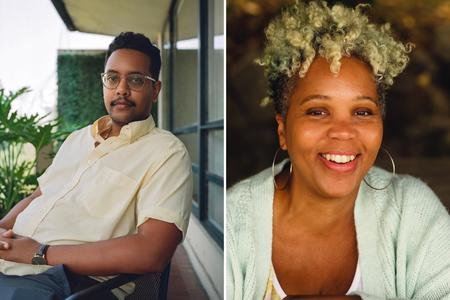As mid-term elections approach, immigration reform has moved to center stage as the nation debates the pros and cons of enacting new laws tightening restrictions for illegal immigrants crossing our borders. Much as we might like to think otherwise, Washington state is not immune from that debate.
As they have many times before, certain persistent myths continue to fuel our national discourse on immigration. Take the case of Arizona.
On April 23, Arizona Gov. Jan Brewer signed the nation's toughest bill on illegal immigration into law. The new law would make the failure to carry immigration documents a crime and give law enforcement officers broad power to detain anyone suspected of being in the country illegally.
Brewer's decision has reignited debate over immigration reform. President Obama said the new law threatens "to undermine basic notions of fairness that we cherish as Americans." The president called for a federal overhaul of immigration laws "to avoid irresponsibility by others."
Civil rights groups have denounced the law as a recipe for racial and ethnic profiling. In a recent statement, the Mexican American Legal Defense and Educational Fund, predicted that the law would create "a spiral of pervasive fear, community distrust, increased crime and costly litigation, with nationwide repercussions."
Given the acrimony of our national debate on immigration, the new Arizona law raises troubling questions about the extent to which Americans and public officials view matters of race and national identity as pivotal to the current debate.
Indeed the dominant images about immigration portrayed by conservative politicians and media appear to legitimize stereotypes of illegal aliens as hostile forces crossing our borders.
"This image suggests a military response: barricade the borders, dispatch troops, repel the invaders," said the late Roman Catholic theologian and ethicist, William C. Spohn.
Today's debate has recent precedent, as well as more distant echoes from this state's and the West's past with the Japanese-American internment and the Chinese Exclusion Act. Addressing a 1996 national consultation in California sponsored by the National Council of Churches, Spohn called such images as invasion divisive.
"Images not only shape our perceptions," Spohn said, "they also crystallize certain emotions and motivate us to act in certain ways. They establish psychological borders to our moral community."
"Moral community refers to the network of those to whom we recognize an ethical connection through the demands of justice, the bonds of compassion, or a sense of obligation," Spohn said.
Immigration is in the national spotlight, he said then, not because of economics. Rather the real debate centers on how as a nation we tolerate diversity. "American fears and defensiveness about immigration arise from the threats posed by differences of race and class," he said.
He saw an alternative to defensiveness. "An expanding moral identification with others who were once perceived as different pushes back the boundaries of moral community," he said. "We begin to appreciate the common ground beneath our differences."
Moral community, Spohn observed, should not end at our nation's borders but embrace all those who seek refuge at our shores. Many of the ancestors of our current citizens did not enter "legally."
A recent statement by the World Council of Churches' 2010 International Ecumenical Peace Convocation in Edinburgh calls upon churches to reconsider the worldwide challenges of immigration in the context of transformative justice. More specifically, it raises questions about the connections between xenophobia and racism that inform the current debate over immigration policies.
The Council'ês challenge seems particularly relevant to our national debates on immigration reform. At the very least, our elected officials and conservative pundits would do well to recognize that welcoming the stranger and building hospitable community have deep roots in our nation's past.



